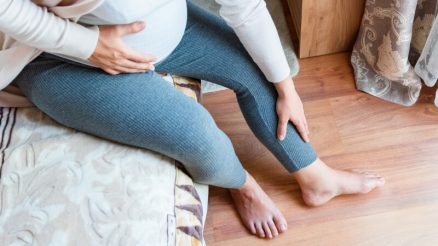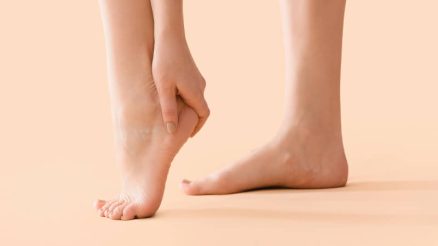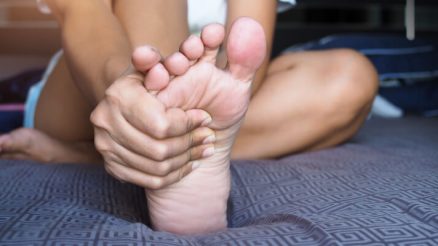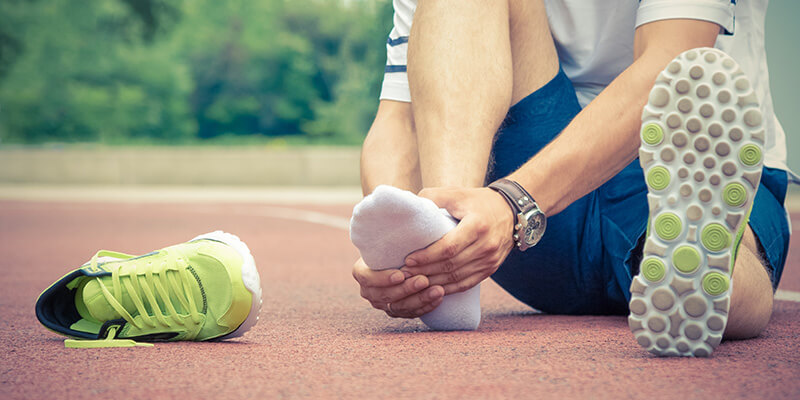
A common ailment of the foot is bunions. These usually develop as a bony lump on the base of the big toe and can develop on either foot. For professional athletes and those who run regularly, such a condition can make running more painful and difficult. Luckily, there are treatment options for bunions. The more you know about the condition, the better equipped you are in reducing its painful effects.
Can Running Cause Bunions?
This is a question that many regular runners have. The condition is characterized by swelling and pain and is usually caused when the big toe pushes up against the toe beside it, causing the joint in the big toe to shift outward. There is no direct linkage between bunions and running. The common causes of bunions are congenital bone disorder, arthritis, or foot injury. While foot injury leading to a bunion can result from running, there is, again, no direct connection between the two. It’s best to visit a doctor to diagnose the condition and seek treatment.
Can Running Make Bunions Worse?
Because bunions result from the big toe pushing up against other toes, the condition can be made worse by putting added pressure on the feet, such as by walking or running. The condition is aggravated by pressure on the feet, which leads to redness, swelling, and pain.
If you are experiencing bunions, it is necessary to be seen by a doctor or podiatrist. There are techniques that doctors can use to keep the bone disorder in check, such as with pads, tapes, and other custom orthotics. These will help reduce the impact on the affected area when you are walking or running.
Can I Run with Bunions?
Bunions are painful bumps that develop at the base of the big toe. Foot injuries, excessive pressure, and arthritis, as well as a congenital bone disorder, can lead to such a joint deformity. Because of the pain, swelling, and redness associated with bunions, it’s best to avoid running so that you don’t place more pressure on the bump and aggravate it further.
9 Things to Keep in Mind When Running with Bunions
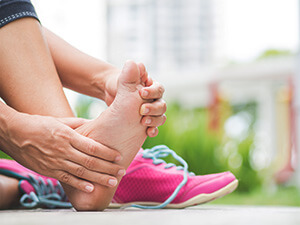
If you are a runner or a professional athlete who has developed this condition, especially during peak training season, here are some ways to keep your condition under control:
- Get the right kind of footwear that doesn’t put undue pressure on your feet.
- After a running session, ensure that you reduce swelling by applying ice.
- Use medical tape or shoe inserts to provide cushion for the bump.
- Seek help from a podiatrist who can provide the right treatment or customized orthotics.
- Seek surgical treatment if the condition worsens.
- Avoid wearing tight shoes.
- Avoid wearing high heels.
- Apply ice packs several times a day to reduce pain and swelling.
- Consult with a doctor about taking anti-inflammatory drugs to reduce swelling and pain.
1. Running shoes:
The kind of running shoes you invest in is very important. There are customized shoes prescribed by podiatrists who treat patients with such a condition. These come with special cushions to ensure comfort to the bump, even when you run.
Be sure to consider these factors when shopping for running shoes for bunions:
- The higher and wider the toe area, the better.
- A rounded toe design is also a good choice.
- Shoes should be made out of leather, stretchy cloth, or suede.
- Shoes should not be too tight around the bunion area.
- If you’re using orthotic insoles, be sure that the shoe is still comfortable even after you’ve inserted the insole.
2. Taping Bunions:
This is another way to prevent the bump from swelling up further or being injured. Tape provides the necessary cushion to the bunion area and helps reduce impacts from walking or running. However, you should not use medical tape without the appropriate medical supervision. It is recommended that you visit a doctor who can provide the right guidance on how to apply tape to secure a bunion.
3. Bunion Pads for Runners:
Bunion pads work the same way that tape does: It provides the necessary cushion to the affected area to reduce pain and swelling. Individuals who wish to continue their running regimen should consider bunion pads to help alleviate the effects of running. A podiatrist will be able to recommend the best pads for you.
4. Wear Orthotic Insoles:
Orthotic insoles are another solution to prevent further injury to a bunion. These are usually made of gel or foam and provide extra cushioning. There are special padded inserts that are placed in between toes to help realign the affected toe. While you can purchase these insoles from a pharmacy, it’s a good idea to consult with a podiatrist, who can recommend the right inserts for your particular situation.
5. Try Toe Spacers:
Toe spacers are another option. These are placed in between the toes, which helps to realign the toe that is affected. This is an effective technique as it helps reduce the undue tension on the joint, which becomes aggravated when you walk or run. When you use running shoes equipped with toe spacers, bunions can sometimes disappear within a month or so.
6. Try Foot Exercises:
This is another important aspect to help reduce such a condition. For those who develop such a condition because of arthritis, doctors recommend gentle exercises, especially of the joints, to help reduce the impact on the bunion. Hence, the right kind of exercises can help reduce the pressure on the joint and reduce swelling as well.
7. Ice Pack After a Run:
If you must run, you need to ensure that you treat the swelling properly so that calluses or corns do not develop. After running, put ice packs on the affected area several times a day to help reduce the swelling. In addition to using ice packs, there are certain medicated moisturizers that doctors recommend that reduce swelling and discomfort in the affected area. Resting your feet is always important, as is trying out gentle foot exercises as recommended by a podiatrist to keep the joint flexible. The right kind of shoe and customized orthotics, if necessary, are also important.
8. Non-Steroidal Anti-inflammatory Drugs:
There are over-the-counter painkillers and anti-inflammatory drugs that you can resort to for controlling the pain and discomfort. However, it is best to refer to a medical expert before you seek painkillers or anti-inflammatory drugs. You should also ensure that the drug is a non-steroidal one.
9. Bunion Surgery:
Though bunions are a common foot ailment and oftentimes subside, in some cases, they might become severe and need surgery. A podiatrist will be able to advise you when surgery is necessary. When surgery is recommended, it is mainly because the pain is excessive or because the bunion is pushing the other toes out of alignment. This is usually the case for people who suffer from arthritis.
Surgery usually involves breaking the concerned joint in the foot. This is done by cutting the joint, and the bony protrusion is then removed. It helps to put the big toe back in alignment. Often, the big toe becomes crooked because of the bunion, which is then remedied during the operation.
Conclusion
If you suspect that you are suffering from bunions, consult a doctor to determine the best treatment for you. With home remedies to alleviate pain and the right shoes to prevent further injury and pain, this condition doesn’t have to limit you.
Sources:
Mayo Clinic, Bunions – Symptoms and causes
Runners Connect, Is Bunion Surgery Going to Stop Me Running?






